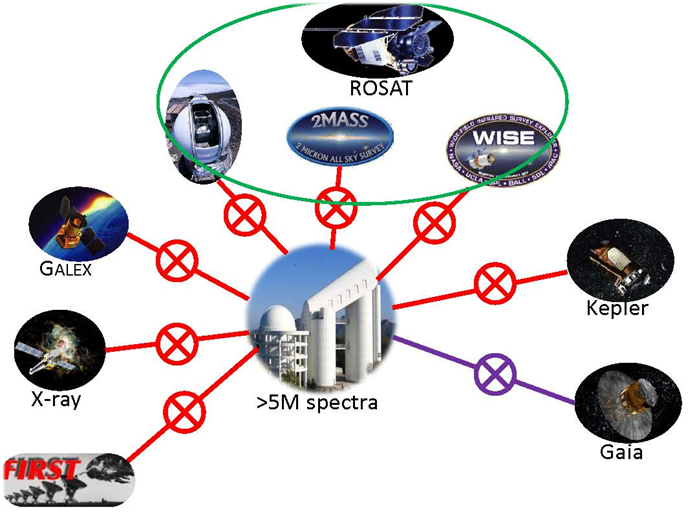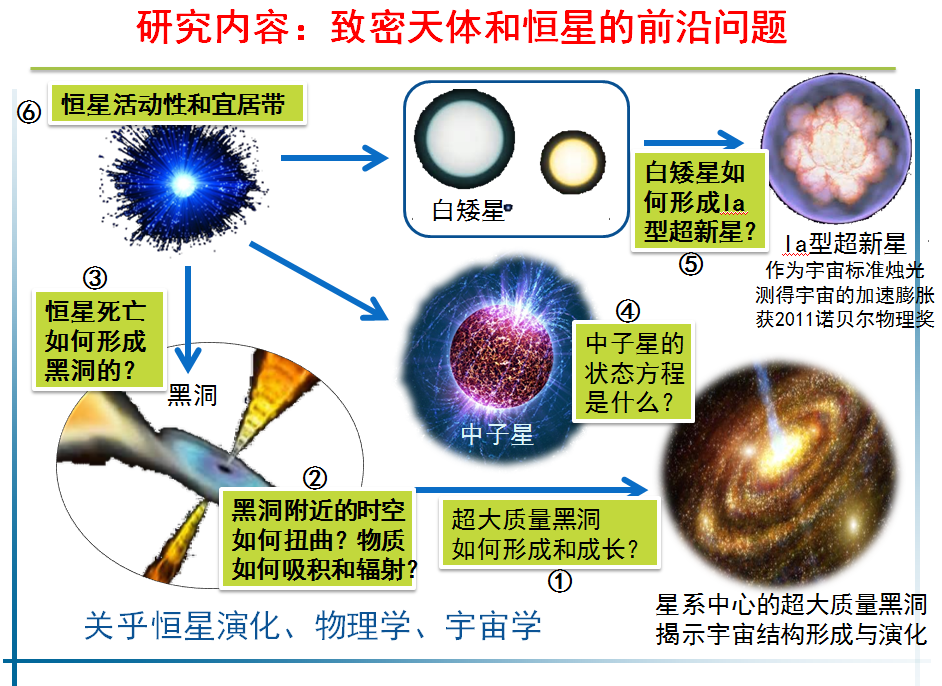A brief introduction to the organizational structure and scientific research of the galaxy group of NAOC
The galaxy group of the National Astronomical Observatories was established in 2010 and has 8 staff members, including 2 professors, 1 foreign professor, 2 associate researchers, 2 research assistants and 1 secretary. At present, there are 8 doctoral students, 2 postdoctoral students, 5 graduated doctoral students and 1 joint doctoral student. It has presided over or participated in a number of national major scientific research projects.
Professor Liu Jifeng, the chief scientist, graduated from the University of Michigan in the United States. He is now the vice president of the National Astronomical Observatories. He is also a doctoral director, the obtainer of National Outstanding Youth Funds and the obtainer of the ten thousand talents program. More than 60 papers have been published in Nature, APJ and other academic journals. The work on the ultraluminous X-ray source published in Nature in 2013 was selected as "22 representative works of Chinese scientists in 2013" in "China Science Development Report". In 2015, the work on the relativistic jet of black holes published in Nature was selected as the "top ten scientific and technological progress of China in 2015". In 2019, his article on the largest stellar black hole was published in Nature, which was widely reported by major international media.
Our group is mainly devoted to multi-band observation and data mining of stars, special objects and compact objects. We mainly use China's large scientific device LAMOST and 2.4m telescope and other observation equipments, and actively compete for international large observation equipment to carry out scientific research.
Figure 1: The sketch map on the research of the Galaxy group: it is based on multi-band data cross-match and deep mining with different surveys, which take LAMOST spectra as the core.
Figure 2: the study of the galaxy group involves many important and cutting-edge directions of compact objects, stars and planetary science.

